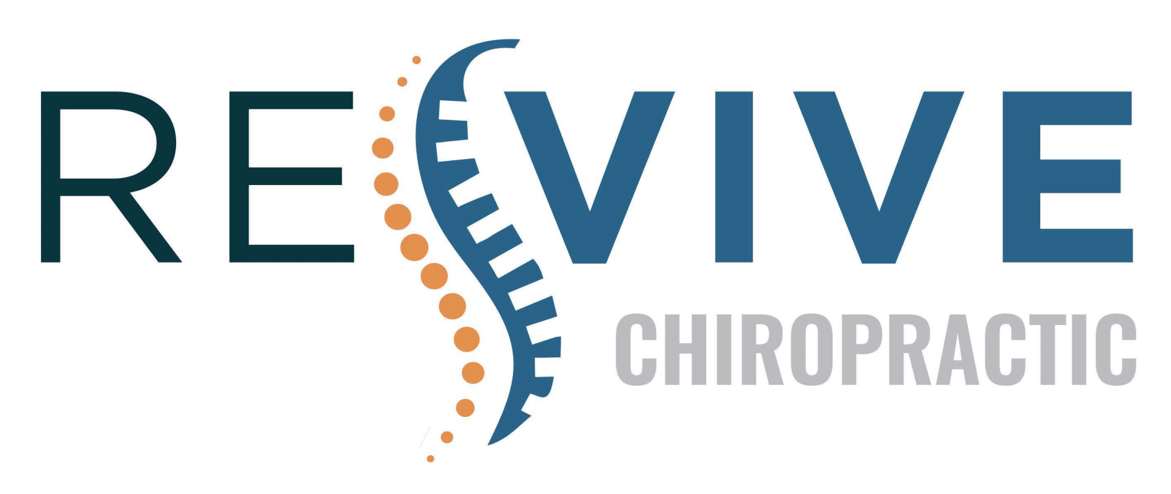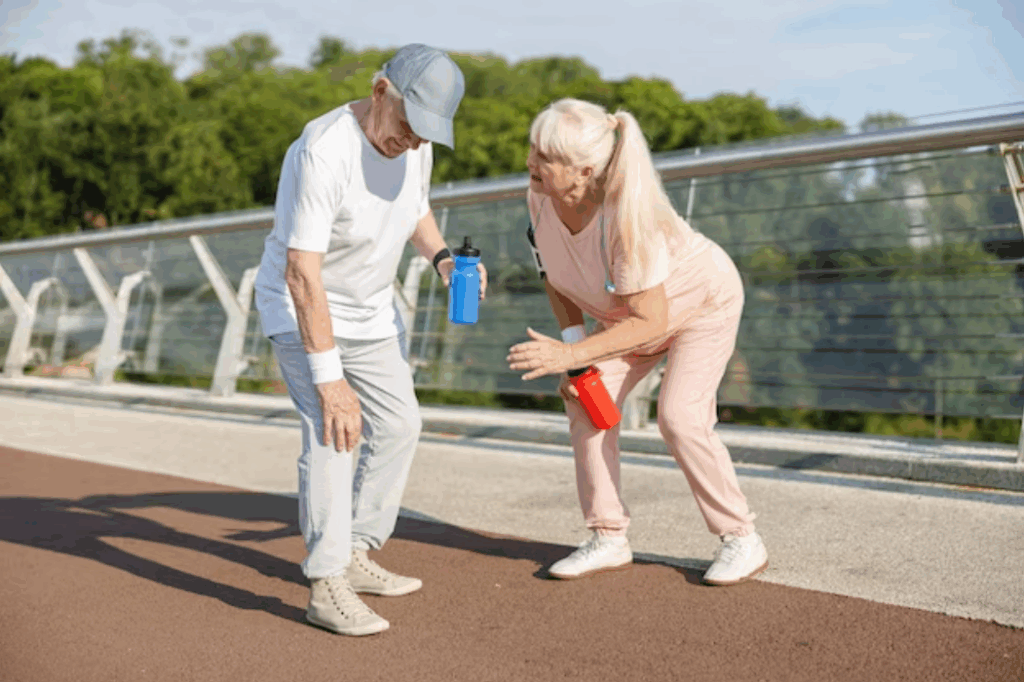When you think about enhancing your flexibility and mobility, you might consider how it impacts your everyday activities. Improved range of motion can make a significant difference, allowing you to perform tasks more efficiently and with less discomfort. Plus, there's the added benefit of injury prevention that comes from increased agility. But what about the deeper implications for your posture and muscle efficiency? As you explore this topic, you may find that the advantages extend far beyond the physical domain, affecting your overall well-being in ways you hadn't anticipated.
Improved Range of Motion
Improved range of motion is crucial for maintaining an active lifestyle and preventing injuries. When you enhance your flexibility and mobility, you allow your joints and muscles to function more efficiently. This means you'll find everyday movements, like bending down to tie your shoes or reaching for an item on a high shelf, become easier and more comfortable.
As you increase your range of motion, you're also reducing the likelihood of strains and sprains. Tight muscles can lead to imbalances that put stress on your joints, making them more susceptible to injury. By focusing on flexibility, you're actively working to keep your muscles and connective tissues supple, which helps prevent those nagging aches and pains that can sideline you.
Incorporating regular stretching and mobility exercises into your routine can greatly improve your overall movement quality. You'll notice that not only do you feel better during activities, but you also recover faster afterward. This enhanced recovery allows you to stay active without the setbacks that often come from overexertion or injury.
Additionally, having a greater range of motion can improve your posture. Good posture is essential for both daily activities and athletic endeavors, as it promotes better alignment and reduces the risk of discomfort.
Enhanced Athletic Performance
When you improve your flexibility and mobility, you're setting the stage for enhanced athletic performance.
Greater range of motion allows you to execute movements more effectively, while also reducing the risk of injuries.
Improved Range of Motion
Releasing your full athletic potential often hinges on your range of motion. When you improve this aspect, you activate your body's ability to perform movements with greater efficiency. This means you can execute techniques more fluidly, whether you're sprinting, jumping, or lifting weights.
Improved range of motion allows your muscles and joints to work harmoniously, enhancing overall performance in your chosen sport. You'll find that with increased flexibility, your body can achieve deeper and more powerful movements.
For example, in running, a greater range of motion in your hips can lead to longer strides, propelling you forward with each step. In strength training, improved flexibility allows for better form, which translates to more effective lifts and higher weights.
Additionally, a well-developed range of motion can help you adapt to various athletic demands, making you a more versatile and resilient athlete. You'll notice that as you stretch and work on your mobility, you not only feel more agile but also experience less fatigue during your workouts.
Ultimately, enhancing your range of motion is a key element in elevating your athletic performance to new heights.
#
Injury Prevention
Strategies
A well-developed range of motion not only boosts performance but also plays a significant role in preventing injuries. To maintain this range, you should incorporate dynamic stretching into your warm-up routine. This helps prepare your muscles and joints for the demands of your activity, reducing the risk of strains and sprains.
Additionally, consider integrating stability exercises that target your core and surrounding muscles. Strong stabilizing muscles provide better support for your joints, minimizing the chance of injury during sudden movements.
Balance training, such as single-leg exercises or yoga, can also enhance your proprioception, allowing you to react more efficiently to unexpected changes in your environment.
Don't forget about recovery. Adequate rest and proper cooldown techniques, including static stretching, can aid in muscle recovery and maintain flexibility.
Listen to your body—if you feel tightness or discomfort, address it promptly rather than pushing through pain.
## Injury Prevention
To prevent injuries, you need to focus on improving joint function and enhancing muscle balance.
When your joints move freely and your muscles work in harmony, you greatly reduce the risk of strains and sprains.
Prioritizing flexibility and mobility in your routine can keep you active and injury-free.
Improved Joint Function
Maintaining flexibility and mobility in your joints plays a crucial role in preventing injuries. When your joints function properly, they move through their full range of motion without restriction. This improved joint function allows you to perform daily activities and physical exercises more safely and efficiently.
Incorporating regular stretching and mobility exercises into your routine can greatly enhance this joint function. By doing so, you keep the connective tissues around your joints supple, reducing the risk of strains and sprains. When your joints are flexible, they absorb impact better, which is essential during high-intensity activities.
Additionally, maintaining optimal joint function helps to maintain proper alignment and posture. Poor posture can lead to abnormal stress on your joints, increasing the likelihood of injuries.
Enhanced Muscle Balance
Achieving enhanced muscle balance is essential for injury prevention and overall physical performance. When your muscles work in harmony, you reduce the risk of strains and sprains that can sideline you.
Muscle imbalances often occur when one side of your body is stronger or more flexible than the other, leading to poor movement patterns. This can create stress on joints and increase the likelihood of injury.
To improve muscle balance, incorporate exercises that target both sides of your body equally. Strength training, stretching, and mobility work can help you develop symmetry in muscle strength and flexibility.
Activities like yoga or Pilates are particularly beneficial for promoting balance by enhancing core stability and flexibility.
Don't forget to pay attention to your posture during daily activities. Poor posture can contribute to muscle imbalances and increase your injury risk.
Regularly check in with your body, and if you notice tightness or discomfort in certain areas, address them through targeted stretching or strengthening exercises.
Better Posture
Good posture can greatly enhance your overall well-being and confidence. When you stand tall and align your body properly, you not only feel more self-assured but also project that confidence to others. Proper alignment allows your muscles and joints to function effectively, reducing the risk of discomfort and fatigue.
You mightn't realize it, but your posture affects your breathing, digestion, and even your mood. When you slouch or hunch over, your lungs can't expand fully, which limits oxygen intake. By improving your posture, you can breathe more deeply and feel more energized throughout the day.
In addition, good posture helps you maintain a healthy spine. When your spine is aligned correctly, it reduces strain on your ligaments and muscles, minimizing the risk of injury. This means you can engage in daily activities more comfortably and without fear of pain.
You'll also find that better posture can improve your focus and productivity. When you're sitting or standing correctly, you can concentrate better on tasks at hand, whether it's working at your desk or engaging in sports.
Incorporating flexibility and mobility exercises into your routine can greatly contribute to better posture. These exercises strengthen your core, enhance your balance, and increase your range of motion, all of which are essential for maintaining an upright position effortlessly.
Reduced Muscle Tension
Many people experience muscle tension due to daily stressors, poor posture, or lack of movement. This tension can be uncomfortable and may even limit your flexibility and mobility.
Fortunately, incorporating stretching routines and mobility exercises into your daily regimen can greatly reduce muscle tension. When you actively work on improving your flexibility, you help alleviate tightness in your muscles, allowing them to relax and function more efficiently.
Here are a few benefits you'll notice as you reduce muscle tension:
- Improved Range of Motion: Your joints will move more freely, making everyday activities easier.
- Enhanced Comfort: With less tension, you'll find it easier to maintain comfortable positions throughout the day.
- Better Performance: Whether you're exercising or just going about your day, reduced muscle tension can lead to better overall performance.
- Decreased Risk of Injury: When your muscles are less tense, you're less likely to strain or injure yourself during physical activities.
Increased Blood Circulation
Reducing muscle tension not only enhances comfort and performance but also promotes increased blood circulation throughout your body. When your muscles are relaxed, blood can flow more freely, delivering essential nutrients and oxygen to your tissues. This improved circulation supports your overall health and helps your body function at its best.
Incorporating flexibility and mobility exercises into your routine can greatly boost your blood flow. Stretching, yoga, and dynamic movements encourage your muscles to lengthen and release tightness. As you move through these exercises, the contractions and relaxations of your muscles create a pumping effect, helping blood circulate more effectively.
You'll notice that as your flexibility improves, you might feel less stiffness and more vitality.
Moreover, increased blood circulation can aid in recovery after workouts. When you push your body, tiny tears occur in your muscles, and proper blood flow is essential for healing. By enhancing circulation, you help transport waste products away from your muscles, reducing soreness and speeding up recovery times.
Don't underestimate the power of regular flexibility and mobility work. It's not just about stretching; it's about creating a dynamic environment within your body where blood can circulate freely.
Mind-Body Connection
Releasing the mind-body connection can transform your approach to flexibility and mobility. When you harness the power of your mind alongside your physical movements, you'll notice significant improvements in how your body responds. This connection allows you to engage fully in your flexibility routines, making each stretch more effective and purposeful.
By fostering this connection, you can:
- Enhance Focus: Concentrating on your movements helps you become more aware of your body's limitations and strengths.
- Reduce Stress: Mindfulness practices can lower stress levels, making it easier for you to relax into stretches and movements.
- Improve Body Awareness: Understanding how your body feels during movement can lead to better alignment and reduced risk of injury.
- Encourage Consistency: When you're mentally engaged, you're more likely to stick to your flexibility and mobility routines, leading to lasting benefits.
Incorporating mindfulness techniques, such as meditation or deep breathing, can deepen this mind-body connection. You might find that as you clear your mind, your body becomes more receptive to movement.
As you practice, pay attention to the sensations that arise during each stretch. This awareness not only helps in achieving greater flexibility but also enriches your overall experience.
Conclusion
Incorporating flexibility and mobility exercises into your routine can transform your physical well-being. You'll enjoy an improved range of motion, enhanced athletic performance, and reduced risk of injuries. Better posture and decreased muscle tension will make daily activities more comfortable, while increased blood circulation aids in recovery. Plus, you'll strengthen your mind-body connection, making your workouts more effective and enjoyable. Embrace these benefits, and you'll feel the positive impact on your overall health and performance.



